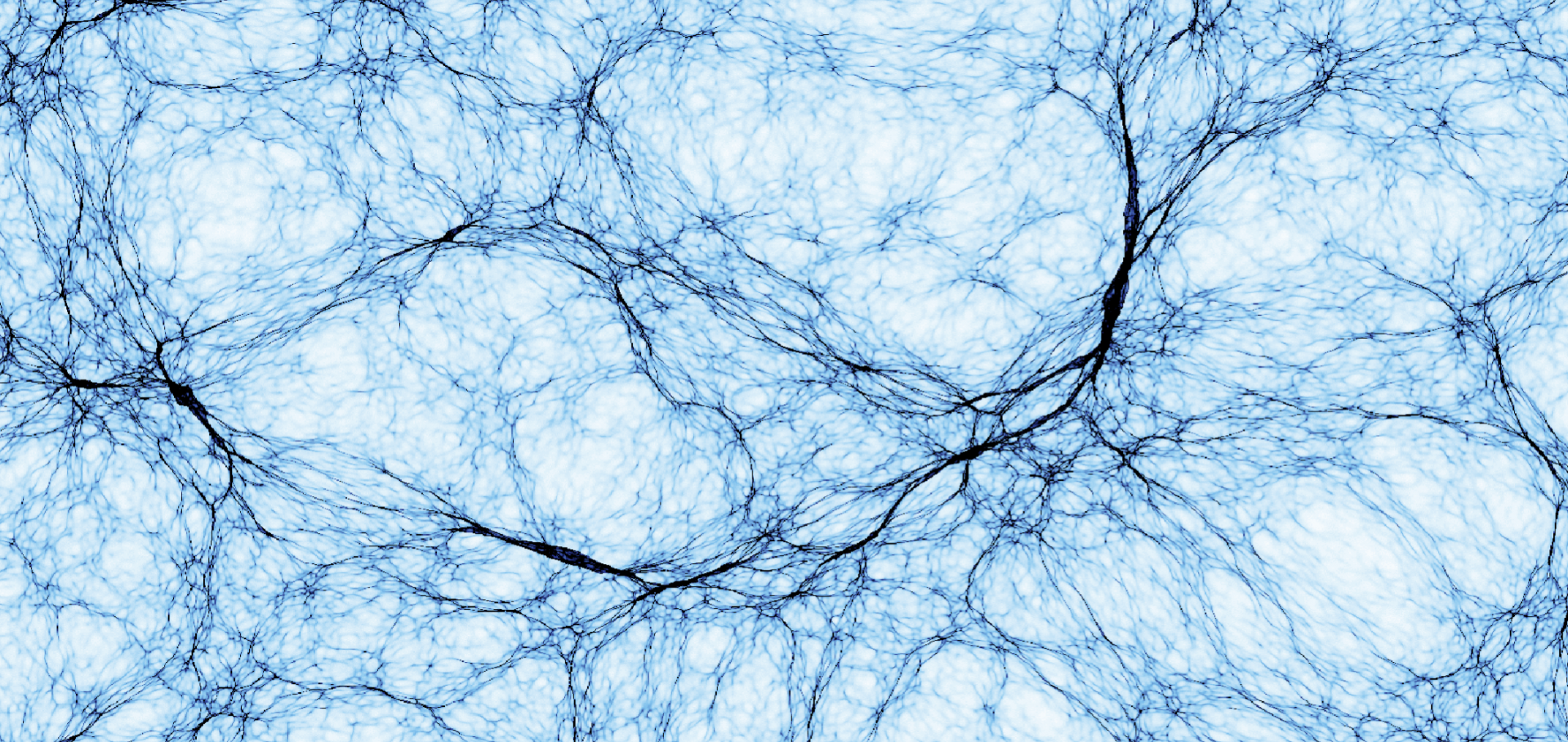Laboratory evidence of dynamo amplification of magnetic fields in a turbulent plasma
Abstract:
Magnetic fields are ubiquitous in the Universe. Diffuse radiosynchrotron emission observations and Faraday rotation measurements have revealed magnetic field strengths ranging from a few nG and tens of µG in extragalactic disks, halos and clusters [1], up to hundreds of TG in magnetars, as inferred from their spin-down [2]. The energy density of these fields is typically comparable to the energy density of the fluid motions of the plasma in which they are embedded, making magnetic fields essential players in the dynamics of the luminous matter. The standard theoretical model for the origin of these strong magnetic fields is through the amplification of tiny seed fields via turbulent dynamo to the level consistent with current observations [3–7]. Here we demonstrate, using laser-produced colliding plasma flows, that turbulence is indeed capable of rapidly amplifying seed fields to near equipartition with the turbulent fluid motions. These results support the notion that turbulent dynamo is a viable mechanism responsible for the observed present-day magnetization.Evolution of the design and fabrication of astrophysics targets for Turbulent Dynamo (TDYNO) experiments on OMEGA
Abstract:
Highly complex targets are constructed by General Atomics for astrophysically relevant experiments conducted by the University of Chicago on the OMEGA laser facility through the National Laser Users’ Facility (NLUF) program.
Several novel target components are fabricated, precision assembled, and extensively measured in support of this campaign and have evolved over the last 3 years to improve both the science and assembly. Examples include unique laser-machined polyimide grids to enhance plasma mixing at the target center, precision-micromachined cylindrical shields that also act as component spacers, drawn glass target supports to suspend physics packages at critical distances, and tilted pinholes for collimated proton radiography.
Target component fabrication and evolution details for the NLUF Turbulent Dynamo (TDYNO) campaign are presented, along with precision-assembly techniques, metrology methods, and considerations for future TDYNO experiments on OMEGA.


